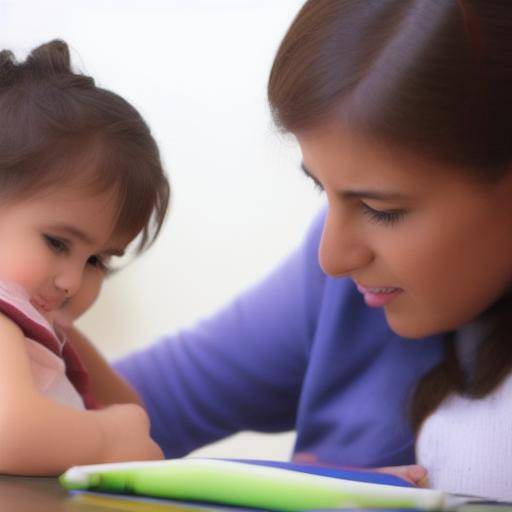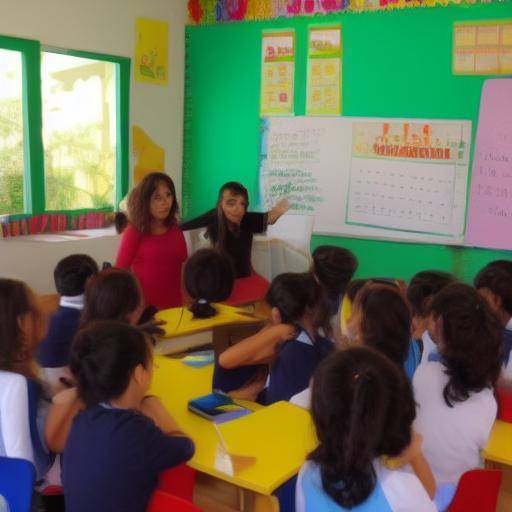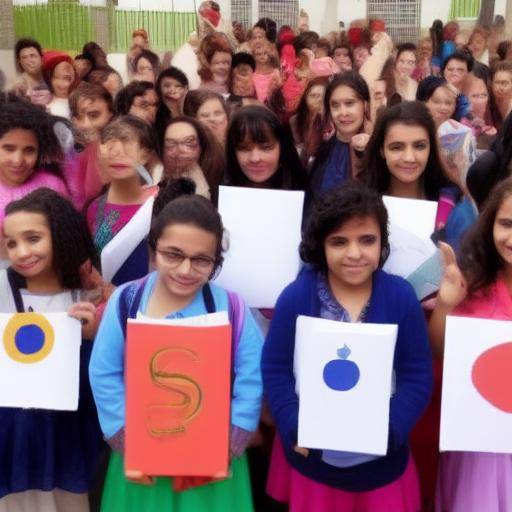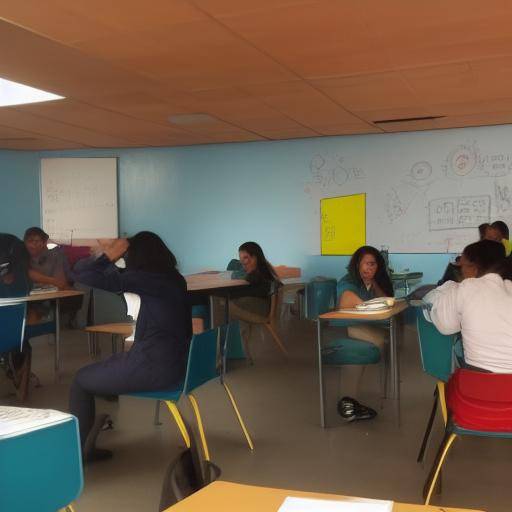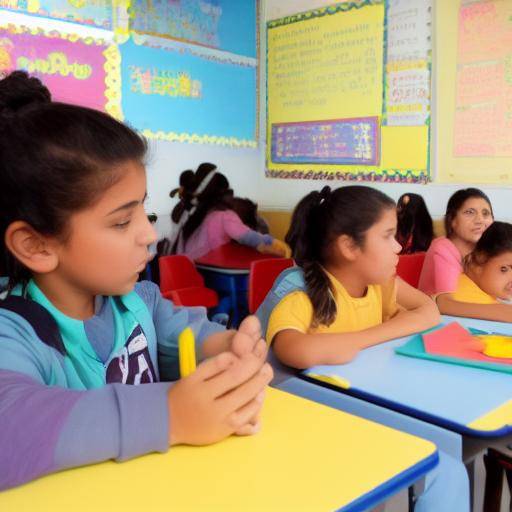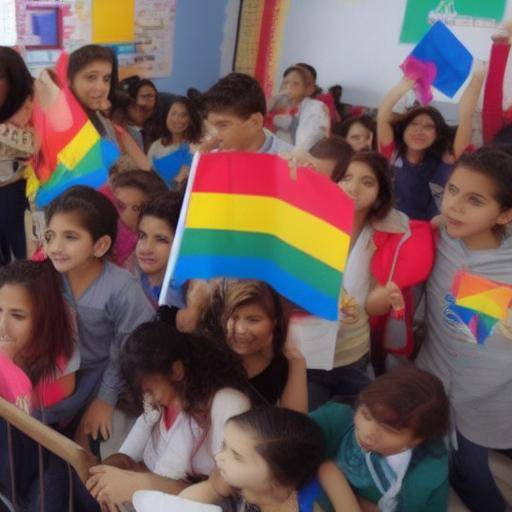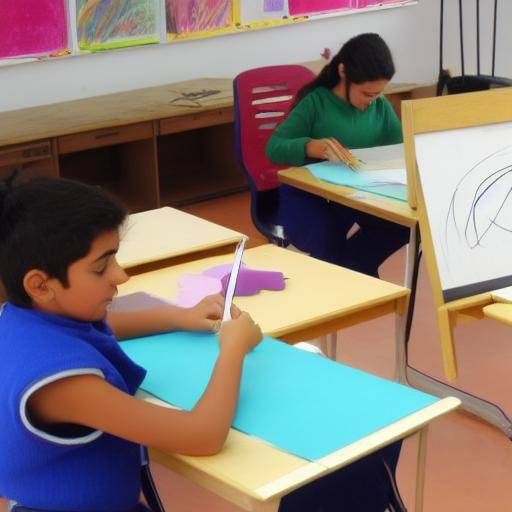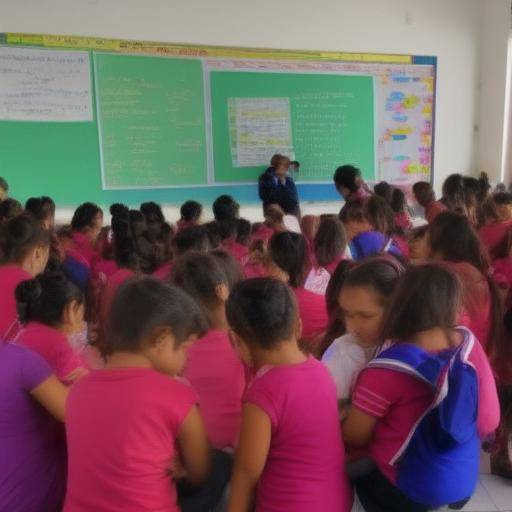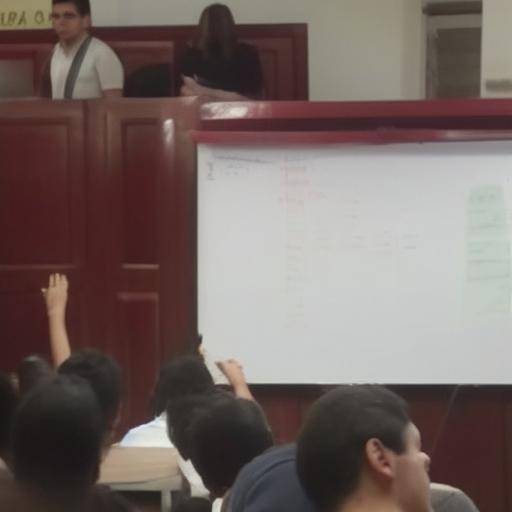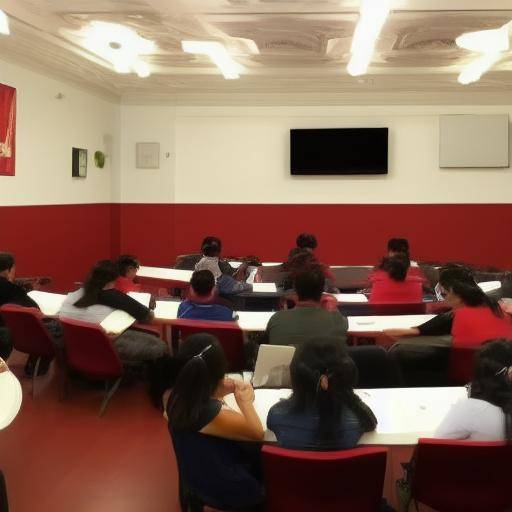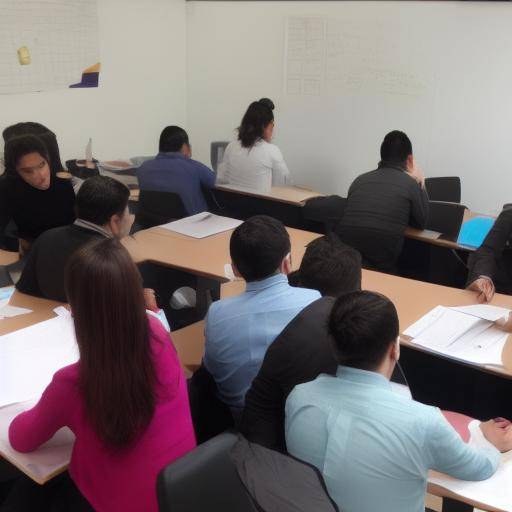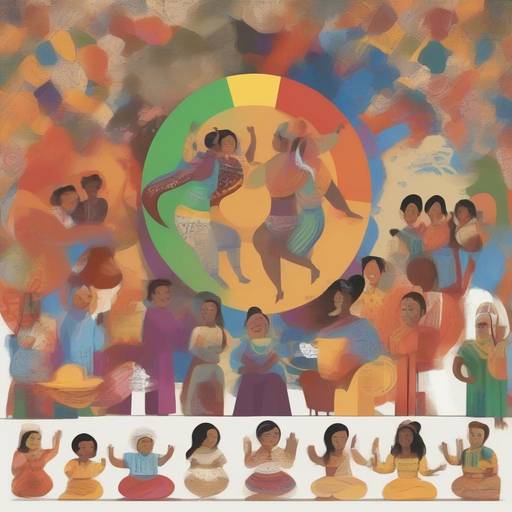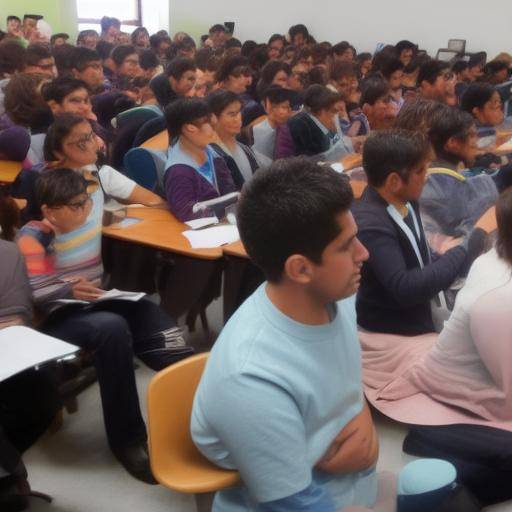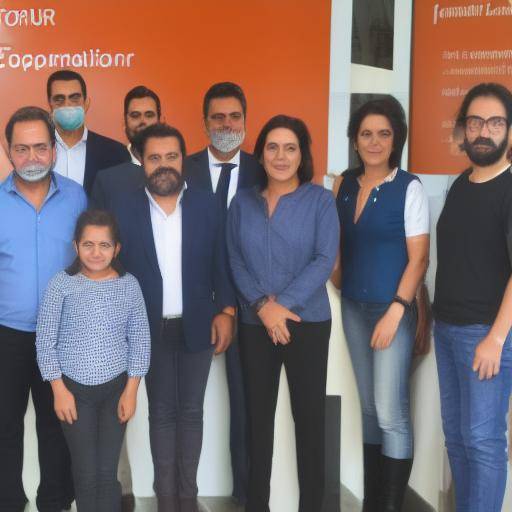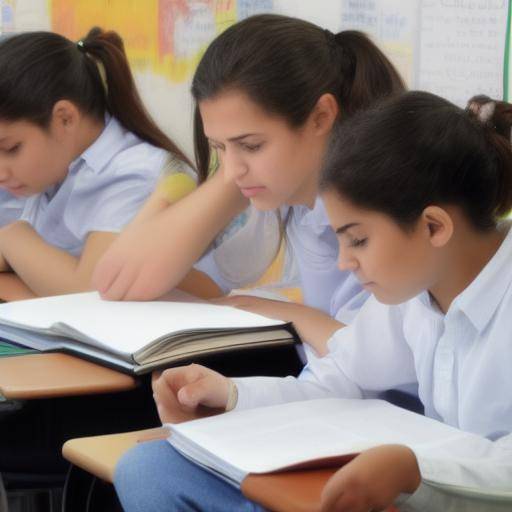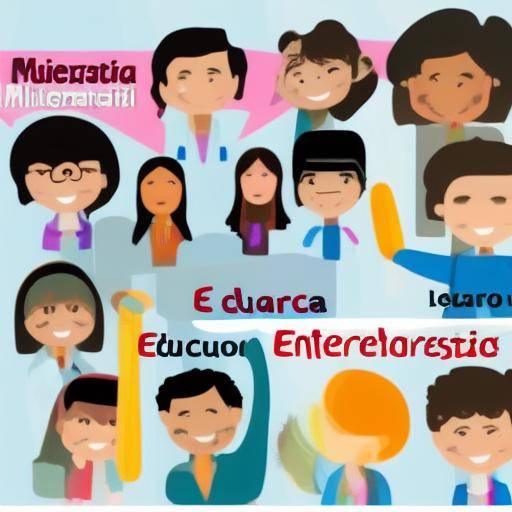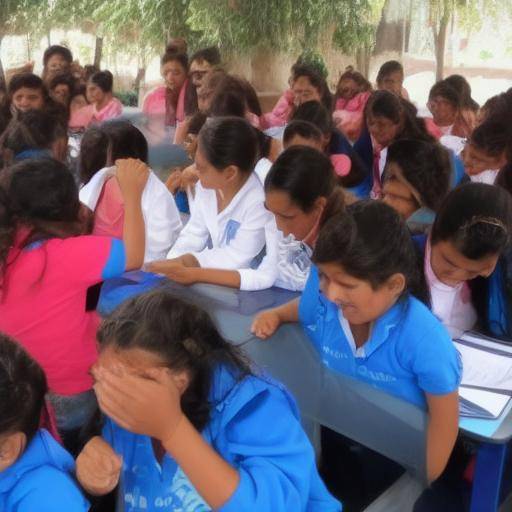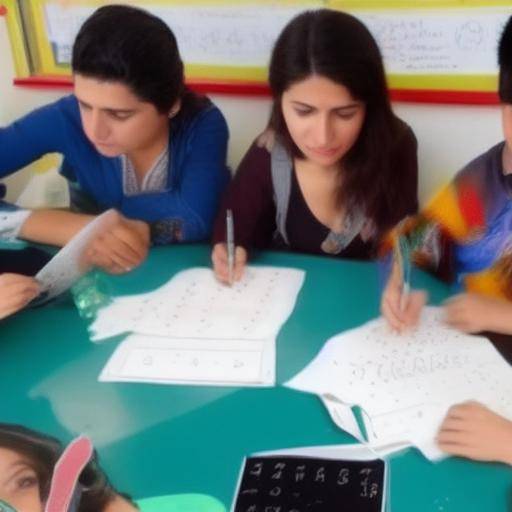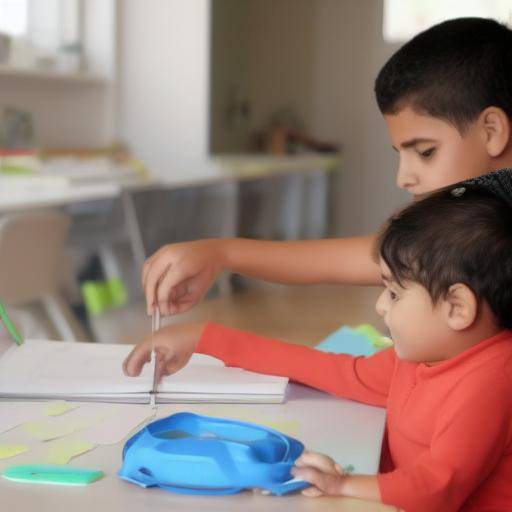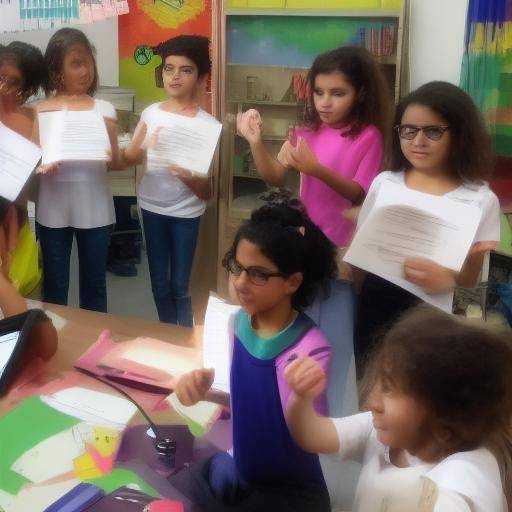
Introduction
Cultural diversity in the educational curriculum is a fundamental theme in today's society. The integration of effective strategies to promote cultural diversity in the educational sphere is crucial to form global and inclusive citizens. In this article, we will explore innovative and practical strategies to integrate cultural diversity into the curriculum, offering a detailed overview of its importance, implementation methods and long-term benefits.
History and Background
The integration of cultural diversity in education has deep historical roots that go back to the struggles for equality and the recognition of ethnic, linguistic and cultural diversity.
From civil rights movements to global inclusive initiatives, the history of education has been shaped by the struggle for diversity and cultural inclusion.
In the current context, cultural diversity in the educational curriculum represents a challenge and an opportunity to foster intercultural understanding and equal opportunities in classrooms around the world.
Deep analysis
The integration of strategies for cultural diversity in the educational curriculum entails a number of benefits, but also presents significant challenges.
Benefits include enriching learning, promoting empathy and cultural awareness, and preparing students to live and work in a globalized environment.
At the same time, challenges include the need to address entrenched prejudices, overcome linguistic barriers and ensure equity in access to educational opportunities.
Comprehensive review
The implementation of specific strategies for the integration of cultural diversity in the educational curriculum requires a comprehensive approach that includes educational policies, teacher training and the selection of curricular contents.
Best practices include the integration of culturally diverse cases of study, teacher training in intercultural pedagogies and the promotion of an inclusive and respectful school environment.
Comparative analysis
By comparing strategies for the integration of cultural diversity, it is possible to identify significant similarities and differences in educational approaches around the world.
Some countries emphasize linguistic and ethnic diversity, while others prioritize intercultural education and cultural awareness.
Practical Tips and Accessible Recommendations
Here are some practical strategies and actionable recommendations for integrating cultural diversity into the educational curriculum:
- Encourage the inclusion of various cases of study and cultural examples in all curricular areas.
- Offer opportunities for students to explore and share their own cultural experiences in the classroom.
- Train teachers in effective strategies for intercultural education and the management of diversity in the classroom.
Industry Perspectives and Expert Reviews
Education experts highlight the importance of integrating cultural diversity into the curriculum as a key factor in preparing students for an increasingly interconnected and diverse world.
The perspectives of the educational industry reveal a growing recognition of the importance of cultural inclusion at all levels of education, as well as the need to train teachers in effective intercultural approaches.
Case Studies and Real Life Applications
Case studies and practical applications of strategies for integrating cultural diversity into the educational curriculum provide concrete examples of how these strategies can transform learning and enrich the educational experience of students.
Future Trends and Predictions
The future of the integration of cultural diversity into the educational curriculum is characterized as a dynamic arena full of possibilities. Current trends suggest greater focus on cultural inclusion, the development of intercultural educational programmes and the emphasis on equity and educational justice.
Conclusions and FAQs
Conclusions
In short, the integration of effective strategies for cultural diversity in the educational curriculum is essential to foster intercultural understanding, promote equal opportunities and prepare students for a diverse and globalized world.
Frequently asked questions
1. Why is it important to integrate cultural diversity into the educational curriculum?
The integration of cultural diversity into the educational curriculum is crucial to preparing students for a diverse and globalized world, fostering intercultural understanding and promoting equal opportunities.
2. How can educators integrate cultural diversity into their curricula?
Educators can integrate cultural diversity into their curricula by including culturally diverse cases of study, promoting the participation of students in intercultural activities and training in intercultural pedagogies.
3. What challenges are presented when integrating cultural diversity into the educational curriculum?
Some challenges include overcoming entrenched prejudices, ensuring equity in access to educational opportunities and managing language barriers in the classroom.
4. What are some examples of successful educational programs that have integrated cultural diversity into your curriculum?
There are many examples of successful educational programmes that have integrated cultural diversity into their curriculum, such as initiatives that promote bilingual education, the teaching of history and culture of different communities, and the training of teachers in intercultural pedagogies.
5. How can students benefit from the integration of cultural diversity into the educational curriculum?
Students can benefit from integrating cultural diversity into the educational curriculum by acquiring a deeper understanding of the cultural realities of the world, developing intercultural skills and fostering empathy and inclusion.
6. What are future trends in the integration of cultural diversity in the educational curriculum?
Future trends suggest a greater focus on cultural inclusion, the development of intercultural educational programmes and the emphasis on equity and educational justice.
In conclusion, the integration of effective strategies for cultural diversity in the educational curriculum is essential for preparing students for a diverse and globalized world, fostering intercultural understanding and promoting equal opportunities in the educational field. This approach not only enriches the educational experience, but also contributes to the construction of more inclusive and respectful societies of cultural diversity.

